12 Times the Police Used Deadly Force Under Questionable Circumstances in 2014
From Eric Garner to John Crawford to Tamir Rice.
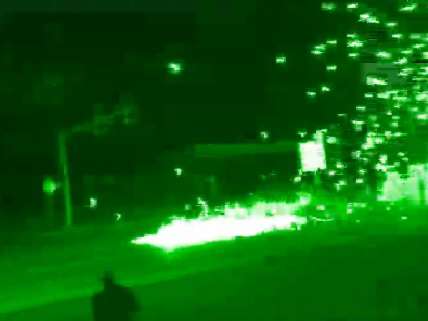
Every year police in the United States kill hundreds of people—461 in 2013, according to incomplete FBI statistics based on self-reporting from local law enforcement agencies, and more than 1,000 in 2014 according to killedbypolice.net, which combs through media reports. The fatal shooting in August of 18-year-old Michael Brown by a Ferguson, Missouri, police officer in an interaction that began over jaywalking propelled the issue of police violence and excessive force into the national news cycle. The police response to subsequent protests similarly propelled the issue of militarized police into the national news cycle.
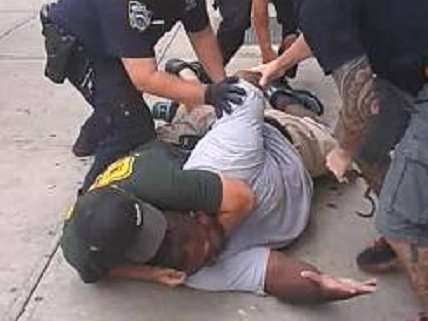
The media attention paid to the killing of Michael Brown, in turn, also attracted media attention to police killings that otherwise may not have gotten as much notice, most notably the death of Eric Garner, who was put in a fatal chokehold by a New York City police officer after cops accused Garner of selling loose, untaxed cigarettes and tried to arrest him. Garner's death, and especially the subsequent decision by a Staten Island grand jury not to indict the officer who put him in a fatal chokehold, elicited a stronger public reaction than the 2013 killing of New York City teen Ramarley Graham, who was being chased over a small amount of marijuana, or the subsequent disposition of his homicide—one grand jury's indictment was thrown out by the judge and a second grand jury declined to indict.
Aside from the killing of Brown and Garner, there have been many other controversial police shootings and uses of deadly force, which have generally gotten a lot less attention, especially nationally. Here are 12 of the most questionable.
James Boyd

On March 16, homeless camper James Boyd was shot and killed by police in Albuquerque, New Mexico, in an incident caught on police helmet camera, sparking protests in Albuquerque and across New Mexico. One of the cops involved in the shooting was also caught on a state trooper dash cam earlier that day calling Boyd a "fucking lunatic" he was going to shoot in the penis with his shotgun. The officer insisted in internal interviews that the statement was a joke. He was suspended with pay and eventually indicted, but allowed to retire just in time to collect a pension despite the internal affairs probe. The other officer who shot at Boyd was also indicted and placed on desk duty. The Albuquerque Police Department (APD) insists the shooting was justified and released a 1,000 page report in October. No charges have yet been filed and the FBI investigation into the shooting continues.
The Department of Justice announced in April it had found evidence of a pattern and practice of abuse at the APD, triggering federal oversight of the department, which killed at least three people in the weeks surrounding that announcement.
Rumaine Brisbon
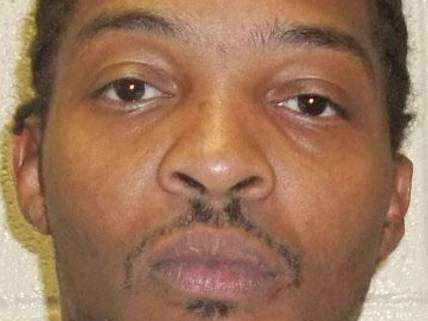
On December 2, Rumaine Brisbon was shot by a cop in Phoenix, Arizona, who said he feared that Brisbon was concealing a gun in his pocket while the two struggled. The cop was holding Brisbon's hand and ordering him to keep it in his pocket when he shot him in the chest. It turns out Brisbon was holding a bottle of prescription pills. Police were responding to a burglary call but after it was cancelled approached Brisbon's SUV after being told by a resident of a possible drug deal. They ran the plates and found that the SUV had an open noise complaint associated with it. The Phoenix Police Department says it is investigating the incident but defends the officer's decision to pursue Brisbon. "Let's be very clear: The officer was doing what we expect him to do," said Crump. "Investigate crimes that neighbors are telling him are occurring in that part of the complex."
John Crawford
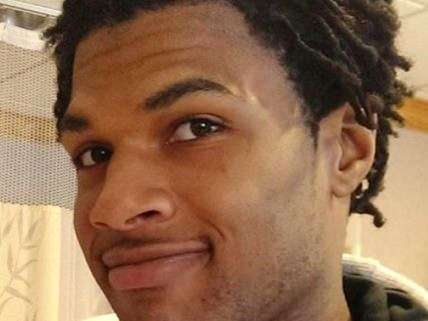
On August 5, 22-year-old John Crawford was shot twice by police while holding an air rifle he picked up from the shelf at Beavercreek, Ohio, Walmart. Surveillance video from the Walmart shows police appearing to shoot Crawford as he stood in an aisle immediately upon the officers' enterance into the store. Nevertheless, in September a grand jury declined to indict the officers involved, ruling the shooting justified based on that video and the training police receive. "I think in this particular instance, because the police had reason to believe that a weapon was involved, it made it much less likely that there would be a charge," University of Dayton law professor Lori Shaw told the Huffington Post, pointing at mass shootings for adding pressure to police. "We're in 2014 … I think the public is a lot more on edge, and I'm sure that police are more on edge." The FBI is conducting a probe of the killing. When a Cleveland Browns player wore a t-shirt that said "Justice for John Crawford and Tamir Rice" (a 12-year-old whose killing by police is described below), the police union demanded an apology from the team.
Akai Gurley
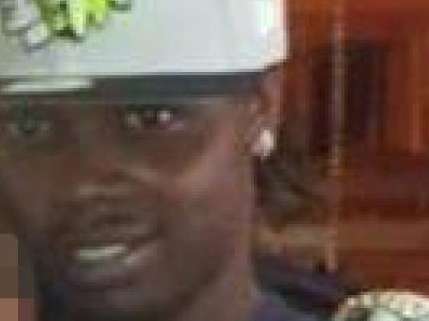
On November 20, rookie NYPD officer Peter Liang fatally shot Akai Gurley while patrolling the stairwell of a Brooklyn housing project with his partner, their guns already drawn. Gurley was shot while his girlfriend was braiding his hair in the stairwell. Police Commissioner Bill Bratton insisted that the fatal shooting was the result of an "accidental discharge." According to the officers, they drew their guns because the lights were out in the stairwell. Officer Liang texted his union representative as Gurley lay dying from the police gunshot. He's been placed on "modified desk duty" while the NYPD investigates what its commissioner believes is most likely an accident.
David Hooks

On September 24, police in Laurens County, Georgia, shot and killed David Hooks in his own home while executing a no-knock search warrant based on information from a man who admitted to stealing Hooks' pick-up truck. The thief said he found meth in the vehicle when he turned himself into police. A 44-hour search of Hooks' home, after police had killed him, found neither drugs nor any illegal contraband. Police also insisted that an uncorroborated 2009 tip about meth in the house justified their decision to raid Hooks' home. Hooks' family says the police shot him in the head and back while he was face down on the ground. The Georgia Bureau of Investigation is looking into the matter and an attorney for Hooks' family is calling for an FBI investigation. At an October rally over Hooks' death, State Rep. Sam Moore (R) talked about a bill he had introduced to end the practice of no-knock warrants that didn't get enough support in the state legislature.
Jack Jacquez

On October 12, Officer James Ashby of Rocky Ford, Colorado, entered the home of 27-year-old Jack Jacquez and, according to his family, shot him in the back and pepper sprayed him as he lay dying. Officer Ashby was arrested on second degree murder charges in November, although the warrant was sealed so it remains unknown why the police officer showed up at the home in the first place. The Denver Post found that Ashby had been accused of misconduct several times before, and that a complaint against him about excessive use of force was filed just days before the fatal shooting. Ashby is the first cop in Colorado in more than 20 years to face a murder charge.
Joseph Jennings
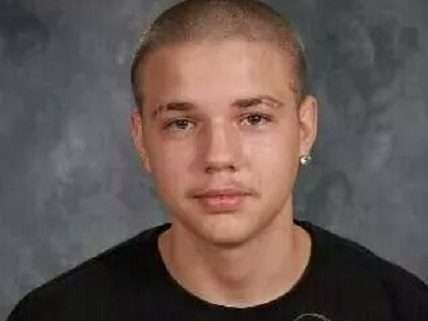
On August 23, police in Ottawa, Kansas, shot 18-year-old Joseph Jennings 16 times in the parking lot of a supply store after interpreting a motion the unarmed teen had made as reaching for a gun. Cops had previously prevented Jennings' father from tackling his apparently distraught son to the ground. His parents also say police had dealt with the teen, who had been suicidal, a few days before, and that he had just left the hospital a few hours earlier. Cops said they were responding to a call about a possible armed man and did what they were trained to do. "They reacted based upon the training that they've been given from the academy," the police chief said. "We were thankful that no officer was injured from protecting themselves from risk of great bodily harm."
Samantha Ramsey
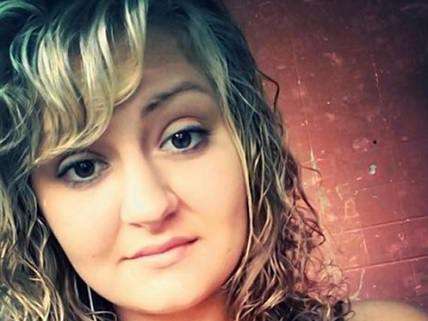
On April 26, 19-year-old Samantha Ramsey was shot and killed by police in Boone County, Kentucky, as she was driving away from a party cops were breaking up. The shooting was caught on dash cam, appearing to show Deputy Tyler Brockman approaching Ramsey's car from the side. The two passengers in her car survived to testify how they had no idea Brockman was addressing them before they saw him jump on the hood of their car and shoot. None of that, however, was enough to convince a grand jury of a crime. The grand jury decided to believe Brockman's account of events, which hinged on his claim that he feared for his life in the course of duties involving breaking up an underage drinking party.
Christopher Roupe
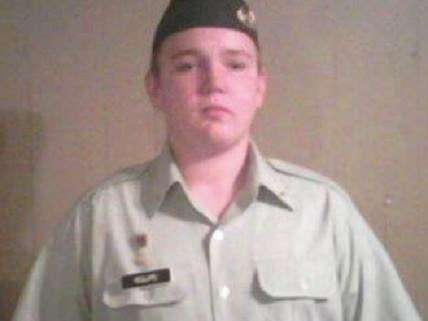
On February 14, 19-year-old Christopher Roupe was shot once in the chest by Officer Beth Gatny of the Euharlee, Georgia, police department after Roupe opened the door to his mobile home holding a Wii controller, according to family members and witnesses. Gatny arrived at the home to serve a probation warrant on Roupe's father, and said she saw Roupe holding a gun. She had previously been fired from another Georgia police department for, among other things, shooting at an unarmed suspect. The Georgia Bureau of Investigation found that Roupe and his siblings were playing with toy guns earlier in the day. In April, a grand jury found Gatny's use of force was "unauthorized," but in July another grand jury declined to indict her.
Tamir Rice
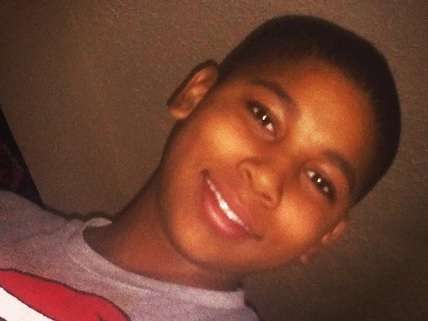
On November 22, police shot and killed 12-year-old Tamir Rice, who was playing with an airsoft gun in a Cleveland park. Cops were responding to a 911 call about someone at the park with a gun described as most likely fake. The police initially said they ordered the boy to put his hands up and were forced to shoot when he reached for the toy gun instead. However, video of the incident, from a nearby surveillance camera, appears to show the police officer shooting Rice before the officer even had a chance to fully exit his patrol car. The president of the Cleveland Police Union insists "officer perception" counts most and that therefore "legally this is going to come down to a justified shooting." Rice's death was ruled a homicide earlier this month and other investigations continue.
Parminder Shergill
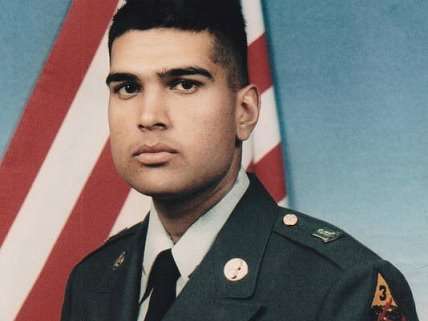
On January 25, police in Lodi, California, shot and killed Parminder Shergill, a Gulf War veteran his family said was suffering from post-traumatic stress disorder. Police say Shergill lunged at them with a knife when they shot at him at least 14 times. One eyewitness told the Lodi News-Sentinel that while Shergill did not drop the knife as ordered, neither did he lunge when he was shot. In February, the police chief said a team comprised of representatives from his department, the district attorney's office, and the California Department of Justice would be investigating for up to a year and that no other information would be made available until that process was complete. But the family filed a lawsuit in April that led to the release of some information. For example, the police officers who shot and killed Shergill said they feared for their lives, knowing from the family, which called 911, that Shergill had earlier screamed at and pushed his mother. The officers also said they knew they were looking for a mentally-ill veteran and feared his training.
Dillon Taylor
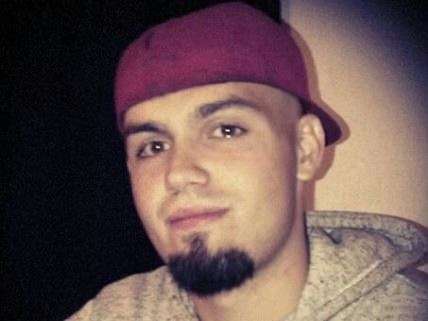
On August 11, police in Salt Lake City, Utah, shot and killed 20-year-old Dillon Taylor, believing the man was about to pull a gun out of his waistband as he was walking away from the officer while facing him. Police say they were responding to a 911 call about a group of men flashing a handgun and that Taylor fit the description. They released body cam footage of the shooting only after ruling that it was justified. After shooting Taylor, police handcuffed him as he bled out. He died while awaiting medical assistance. A reporter for the Salt Lake Tribune found that Utah residents are more likely to be killed by cops than by gang members, drug dealers, or abusive parents. Only abusive spouses pose a greater risk to state residents.


Show Comments (83)